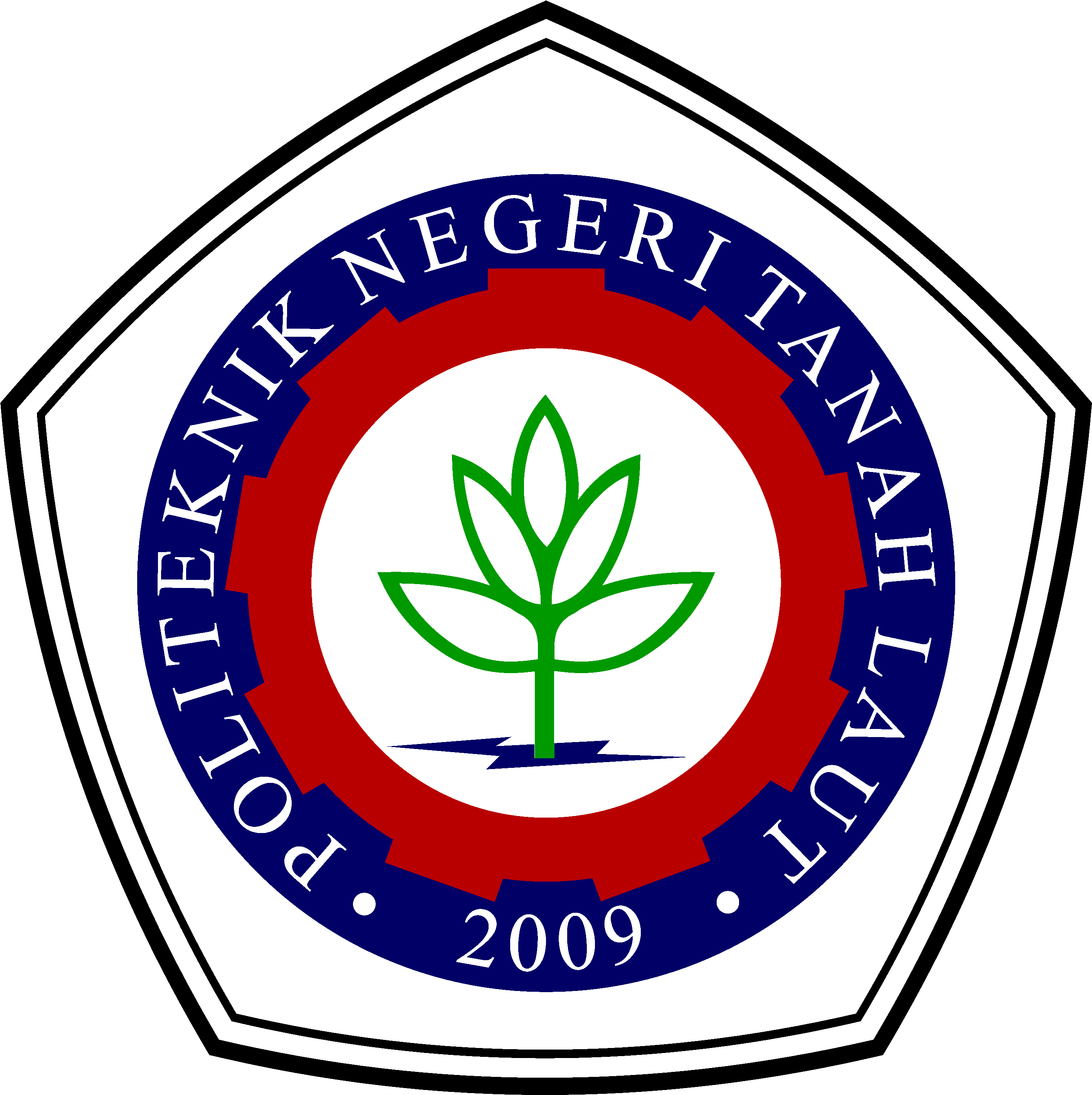ANALYSIS OF MECHANICAL PROPERTIES OF BAMBOO ROPE FIBER COMPOSITES AS A MULTILAYERED ARMOR SYSTEM
DOI:
https://doi.org/10.34128/je.v10i1.231Keywords:
composite, babmboo fiber, multilayered armor, machanical strengthAbstract
Natural fiber composites are an alternative Multilayered Armor System (MAS) material. One of the most common natural fibers used as MAS is a fiber made from bamboo rope. Bamboo fiber composites have a low density and a low manufacturing cost. However, in terms of mechanical properties, bamboo fiber composites have different characteristics. In this research, the mechanical properties of the bamboo rope fiber composite, which has an orientation of 0°/90°, will be analyzed. The composite materials used are bamboo rope fiber as a reinforcement and epoxy as the fiber binding matrix. From the mechanical tests performed, it was found that the average tensile strength of the bamboo rope fiber composite was 109.86 MPa. The bending strength is 95.32 MPa, and the shear strength is 34.11 MPa.
References
R. H. M. Reis, L. F. Nunes, F. S. da Luz, V. S. Candido, A. C. R. da Silva, and S. N. Monteiro, “Ballistic performance of guaruman fiber composites in multilayered armor system and as single target,” Polymers (Basel)., vol. 13, no. 8, pp. 1–15, 2021, doi: 10.3390/polym13081203.
S. N. Monteiro et al., Natural Fibers Reinforced Polymer Composites Applied in Ballistic Multilayered Armor for Personal Protection—An Overview. Springer International Publishing, 2019.
R. B. Da Cruz, E. P. L. Junior, S. N. Monteiro, and L. H. L. Louro, “Giant bamboo fiber reinforced epoxy composite in multilayered ballistic armor,” Mater. Res., vol. 18, no. Suppl 2, pp. 70–75, 2015, doi: 10.1590/1516-1439.347514.
D. Chandramohan, M. Dhanashekar, T. Sathish, and S. D. Kumar, “Characterization of hybrid aloe vera/bamboo/palm/kevlar fibers for better mechanical properties,” Mater. Today Proc., vol. 37, no. Part 2, pp. 2223–2227, 2020, doi: 10.1016/j.matpr.2020.07.657.
T. Jackson Singh, S. Samanta, and H. Singh, “Influence of Kevlar Hybridization on Dielectric and Conductivity of Bamboo Fiber Reinforced Epoxy Composite,” J. Nat. Fibers, vol. 14, no. 6, pp. 837–845, 2017, doi: 10.1080/15440478.2017.1279583.
K. L. Pickering, M. G. A. Efendy, and T. M. Le, “A review of recent developments in natural fibre composites and their mechanical performance,” Compos. Part A Appl. Sci. Manuf., vol. 83, pp. 98–112, 2016, doi: 10.1016/j.compositesa.2015.08.038.
D. Liu, J. Song, D. P. Anderson, P. R. Chang, and Y. Hua, “Bamboo fiber and its reinforced composites: Structure and properties,” Cellulose, vol. 19, no. 5, pp. 1449–1480, 2012, doi: 10.1007/s10570-012-9741-1.
P. Manik, A. Suprihanto, S. Nugroho, and Sulardjaka, “the Effect of Lamina Configuration and Compaction Pressure on Mechanical Properties of Laminated Gigantochloa Apus Composites,” Eastern-European J. Enterp. Technol., vol. 6, no. 12(114), pp. 6–12, 2021, doi: 10.15587/1729-4061.2021.243993.
Sudarisman, B. N. R. Muhammad, and R. H. Aziz, “Tensile and Flexural Properties of Bamboo (Gigantochloa apus) Fiber/Epoxy Green Composites,” Appl. Mech. Mater., vol. 758, pp. 119–123, 2015, doi: 10.4028/www.scientific.net/amm.758.119.
A. H. D. Abdullah, N. Karlina, W. Rahmatiya, S. Mudaim, Patimah, and A. R. Fajrin, “Physical and mechanical properties of five Indonesian bamboos,” IOP Conf. Ser. Earth Environ. Sci., vol. 60, no. 1, pp. 2–7, 2017, doi: 10.1088/1755-1315/60/1/012014.
K. Abdurohman, T. Satrio, N. L. Muzayadah, and Teten, “A comparison process between hand lay-up, vacuum infusion and vacuum bagging method toward e-glass EW 185/lycal composites,” J. Phys. Conf. Ser., vol. 1130, no. 1, 2018, doi: 10.1088/1742-6596/1130/1/012018.
Nurmadina, N. Nugroho, and E. T. Bahtiar, “Structural grading of Gigantochloa apus bamboo based on its flexural properties,” Constr. Build. Mater., vol. 157, pp. 1173–1189, 2017, doi: 10.1016/j.conbuildmat.2017.09.170.
F. Y. Utama and H. Zakiyya, “Pengaruh variasi arah serat komposit berpenguat hibrida fiberhybrid terhadap kekuatan tarik dan densitas material dalam aplikasi body part mobil,” Mekanika, vol. 15, no. 2, pp. 60–69, 2016.
J. Oroh, F. Sappu, and R. Lumintang, “ANALISIS SIFAT MEKANIK MATERIAL KOMPOSIT DARI SERAT SERAT SABUT KELAPA,” J. POROS Tek. MESIN UNSRAT, vol. 01, no. 01, 2012, doi: 10.2307/964910.
E. Herdian, P. Pratomo, and M. S. Y. Lubis, “SIMULASI MATERIAL KOMPOSIT BERPENGUAT SERAT BAMBU DALAM PEMBUATAN KOMPONEN FRONT SPLITTER PADA MOBIL,” vol. 6, no. 2, 2021.
Downloads
Published
How to Cite
Issue
Section
License
Copyright (c) 2023 ELEMEN : JURNAL TEKNIK MESIN

This work is licensed under a Creative Commons Attribution 4.0 International License.




